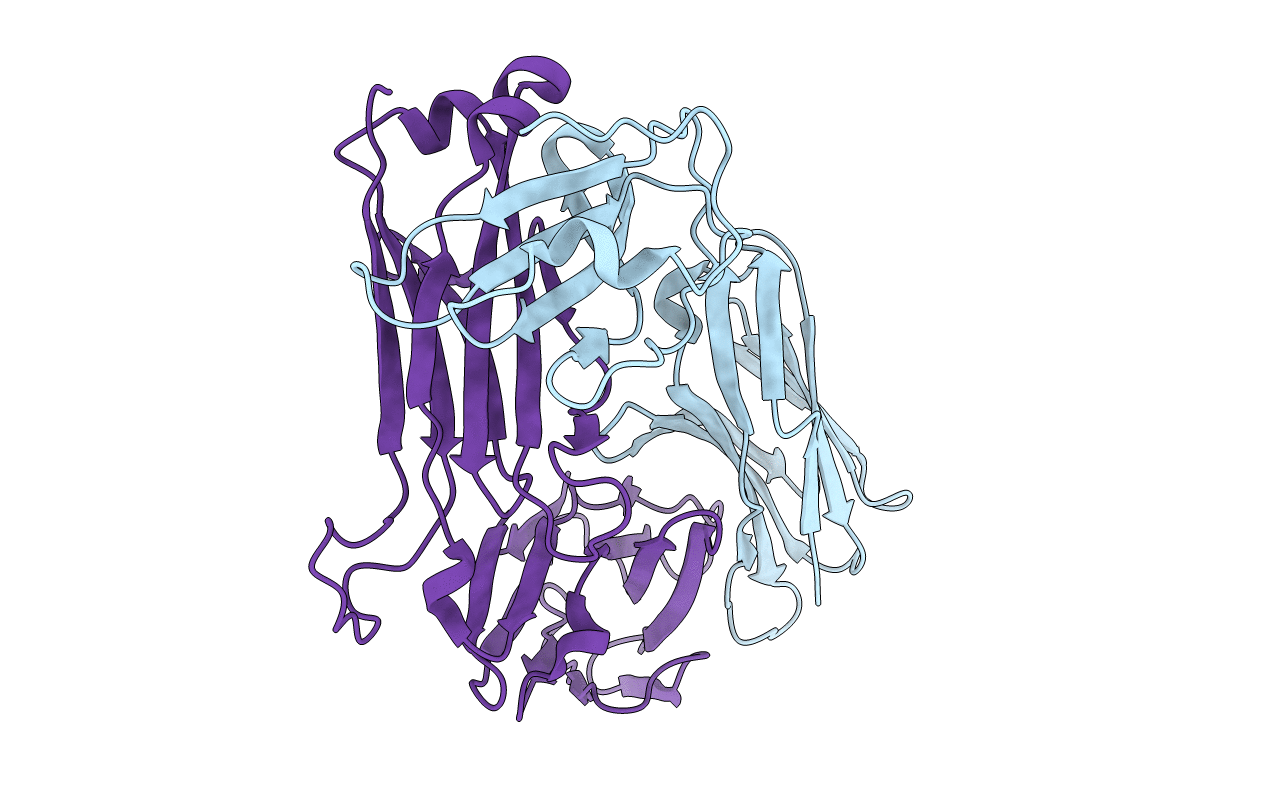
Deposition Date
2005-04-04
Release Date
2005-05-24
Last Version Date
2024-11-13
Entry Detail
PDB ID:
2BNU
Keywords:
Title:
Structural and kinetic basis for heightened immunogenicity of T cell vaccines
Biological Source:
Source Organism:
HOMO SAPIENS (Taxon ID: 9606)
Host Organism:
Method Details:
Experimental Method:
Resolution:
1.40 Å
R-Value Work:
0.24
R-Value Observed:
0.24
Space Group:
P 1 21 1


